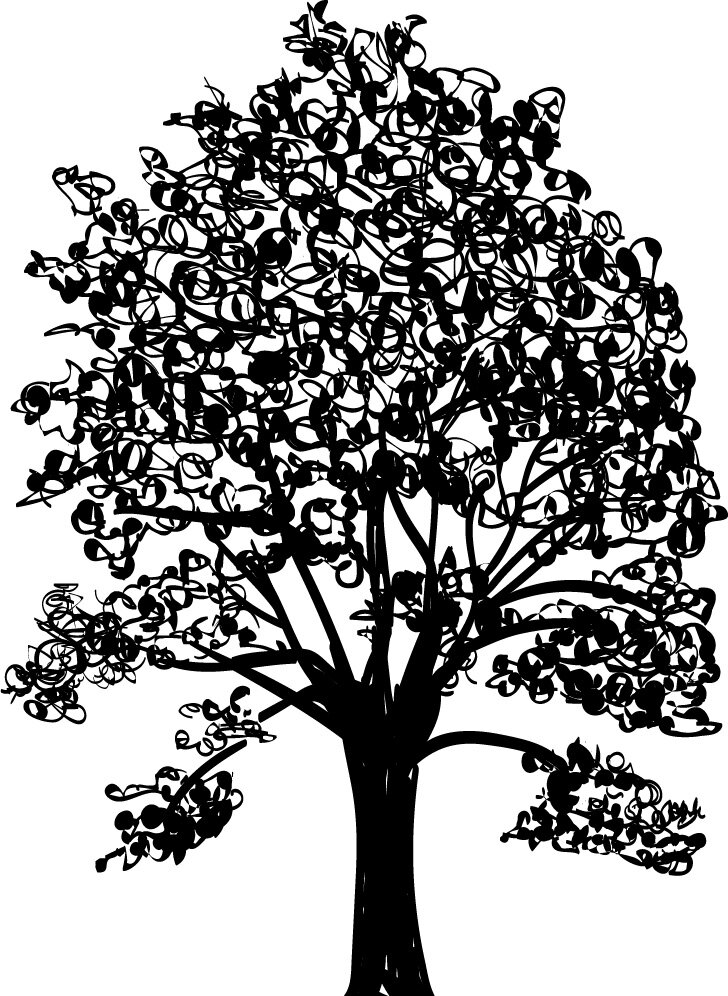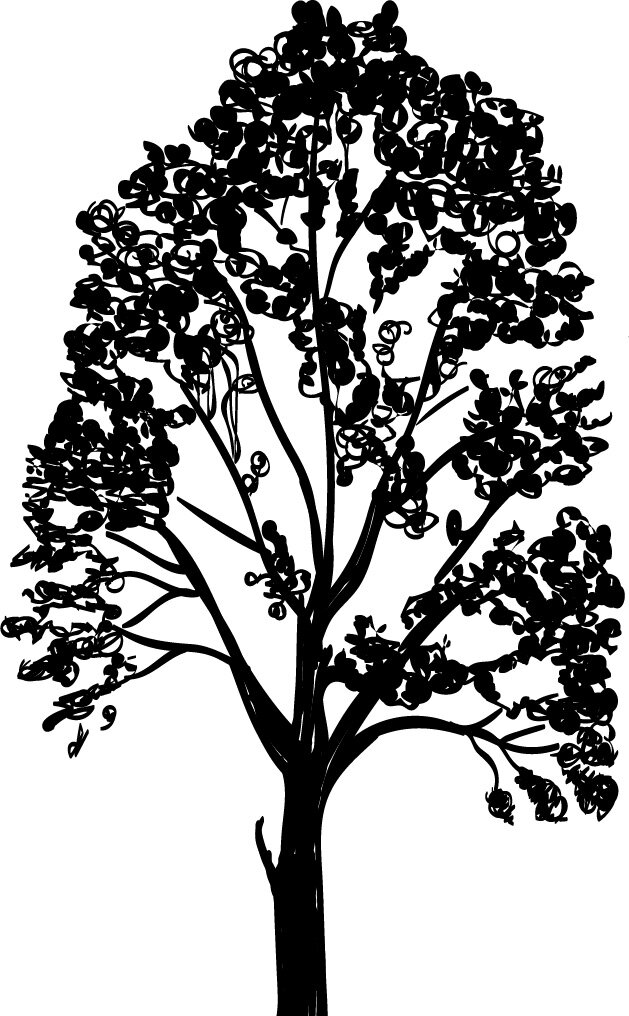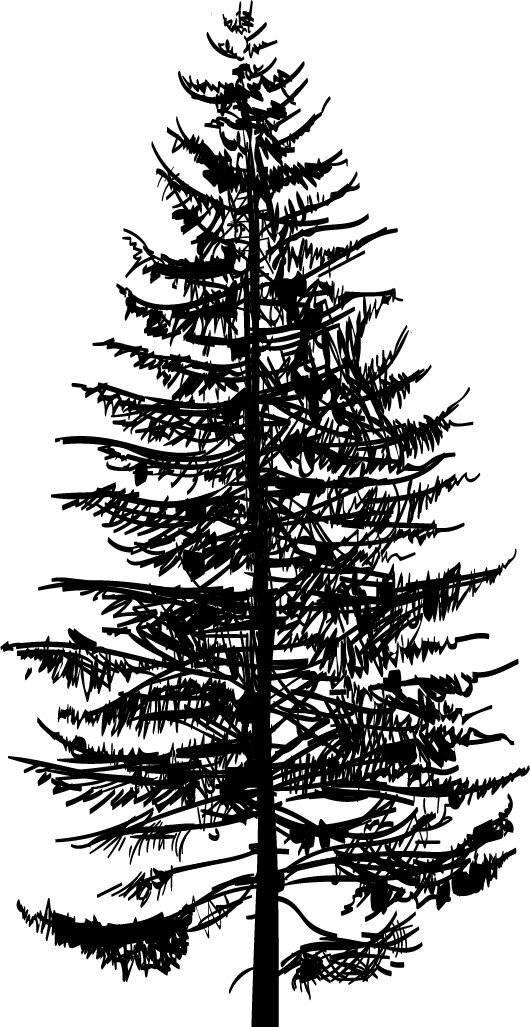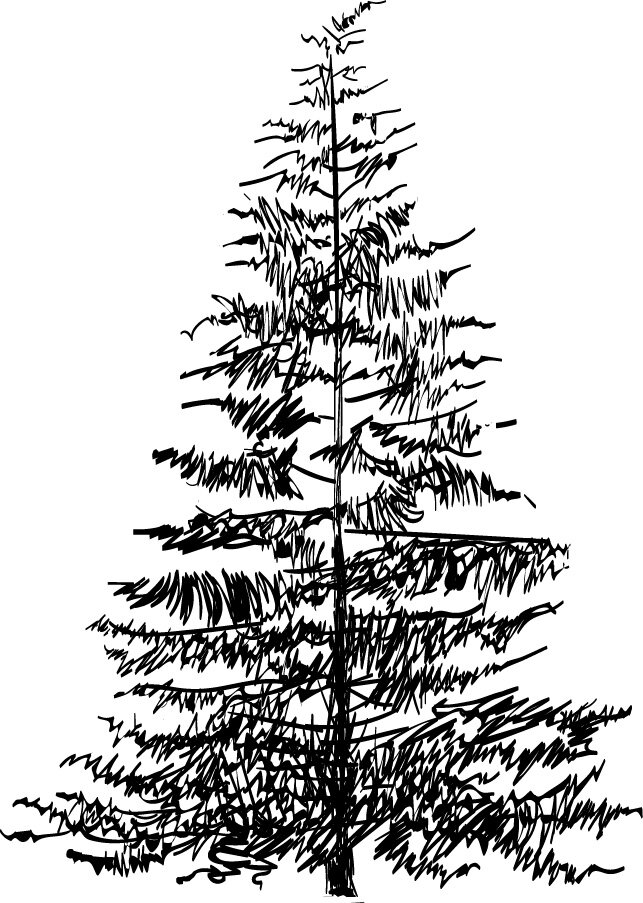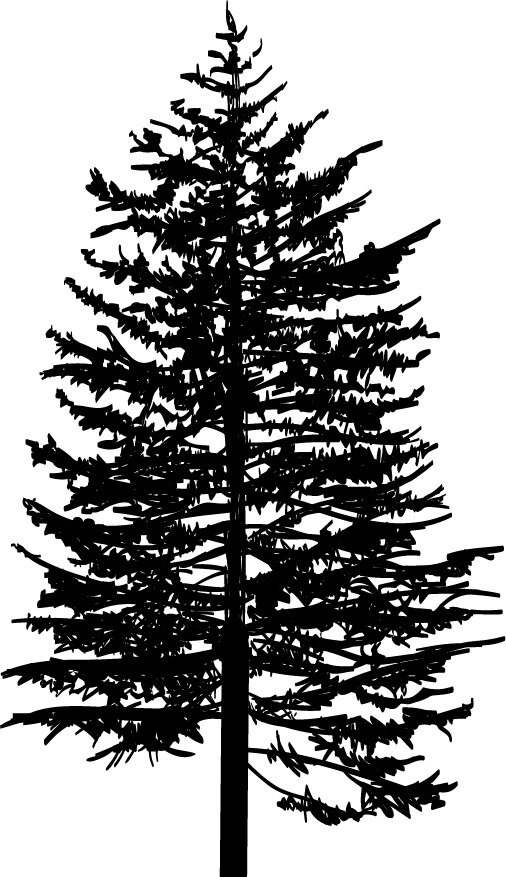Getting to know Vancouver Island's Supernatural Flora
LIVING WITH GIANTS
It is difficult to spend any amount of time on Vancouver Island without being caught off guard by its natural bounty and beauty. At the heart of the Coastal Temperate Rainforest, one of the world’s most unique ecosystems, Vancouver Island is brimming with energy. Adorned with a dizzying array of flora and fauna, its mystical forests have supported life, plant, animal, and human, for thousands of years.
A fifteen hundred plus year journey. Western Red Cedar (Thuja plicata) start their multi-century journey from a seed roughly 1/10th the size of a dime, and can eventually reach heights of 60m with trunk diameters in excess of 4m.
Deep in the remote folds of the island, millennia old trees rise upwards over sixty meters above the undergrowth with canopy limbs outstretched, poised to collect the fleeting sunlight that illuminates the steep jagged peaks, rugged coastlines, and deep river valleys that encircle and traverse the land mass. For countless centuries these forests have been home to a kaleidoscope of species, from microscopic single-cell organisms and mycelial networks, to a host of land dwelling birds and animals including bears, cougars, wolves, and eagles. One need not look far to understand how such an amalgamation of life came to flourish here; an abundance of water and nutrients, a temperate climate, and the prolonged absence of humans were key elements in the development of the Island’s forests and their inhabitants. When we look at these ancient forests in terms of geological time it is a bit easier to understand why they were, and in some cases are still, so abundant.
One factor in particular that contributes to this rich development is the semi-closed nutrient cycle often characteristic of islands. With limited space to grow outwards, these forests represent some of densest biomass on the planet. As the forests grow, so too does their capacity to support other life. Over the hundreds of thousands of years that trees have grown here, plants and animals have passed among their trunks and lived amidst their canopied ecosystem. Creatures, from micro to macroscopic, have completed their life cycles, their bodies’ nutrients retained by and ultimately feeding their forest home. In this way, each generation nurtured within inevitably gives back to the environment from which it was born to further future growth. This fragile and diverse ecosystem is highly reliant on the uninterrupted continuation of this loop.
For the ancient forest ecosystems of Vancouver Island, every tier of life is critical to their overall success, as each tier often supports the next. Symbiotic relationships exist between much of the local flora, this interplay often benefiting the surrounding fauna as well. Many plants often act as epiphytes here on Vancouver Island. Epiphytes grow on the surface of other plants but do not necessarily negatively affect their host, rather they gather nutrients from the surrounding micro climate. The most common examples of epiphytes are the familiar lichens, mosses and certain species of ferns that speckle the island.
Other notable epiphytes include two distinct huckleberry varieties of the same Ericaceae family (black & red). Most commonly found growing from stumps or among debris at the base of various trees, the huckleberry shrub requires many specific conditions to survive and fulfill its role within the ecosystem. Without the support of the forest with its additional available nutrients, and some critical intervention from wildlife, huckleberries would likely not thrive on Vancouver Island. Although huckleberries can reproduce naturally through vegetative reproduction, it is drastically less common than typical reproduction through pollination.
Most huckleberry are self-fertile, but happily rely on pollination via the various creatures attracted to their bell-shaped flowers with the added benefit of their seeds’ dispersion increasing their genetic diversity. The plant’s fruit is an integral part of the diet of many native and transient song birds, cranes and other upland game birds. From hulking black bears all the way down to the tiniest Townsend’s vole, a wide variety of animals consume and then redistribute the seeds held within the juicy pea-sized fruit. Even the animal’s excrement provides the huckleberry seeds with a jump start at life in a new location.
Like many plant species, over millennia huckleberries flourished on the island and eventually became a food source for its earliest human inhabitants. Whether eaten fresh from the shrub, as an accompaniment to salmon roe and other game, or preserved through drying, smoking, or crushing the flesh to be pressed into cakes, the uses of huckleberries were many. Huckleberries are high in Vitamin C, are calorie-rich for their size, and pack carbohydrates, protein, fat, and water into their tiny fruit. Containing quinine acid, the leaves brewed in tea fresh or dried have been used for centuries as a traditional medicine. More modern western medicinal uses include treatments for ailments such as gout, glycosuria, hyperglycemia, and even diabetes mellitus.
An understanding of the fragility and deep respect for this ancient interdependence of land and inhabitants is expressed in the purest of terms through the traditional practices and philosophies of the First Nations. For tens of thousands of years, the people of Vancouver Island strictly relied upon the land and water for daily survival and flourished.
The largest of the flora, trees have had and continue to have a very significant role in local First Nations spirituality and cultural ancestry. Light and strong, cedar was extensively employed as a building material for shelter and transportation, as fast-lighting fuel, in textiles, as tools, as well as for a variety of ceremonial and medicinal purposes. Local tribes used every piece of the tree from root to crown to create functional cultural and ceremonial items.
Take the very common western hemlock; this coniferous tree can be found all over the island, it grows relatively quickly, and its traditional uses were many. The characteristic flat rounded needles with white undersides were often used as trail markers, while the wood was often transformed into daily items such as fishing hooks, bowls, combs and children’s bows. The young inner bark was also consumed as food. Traditionally the limbs were used as catchment for herring eggs during their annual spawn. Whole limbs were placed directly into the dense grassy estuaries that the herring inundate during their spawning run to collect the newly placed roe before being removed, prepared and eaten. The bark and leaves also served many medicinal uses including poultices, sunscreen, and tea, making the western hemlock a part of daily life on the island for millennia.
Among other celebrated trees, the arbutus is also ingrained in the local culture and considered sacred. Although arbutus is a long, hot-burning wood, sacred trees were never burned for fuel. Instead, arbutus bark was employed to dye or tan hides, the berries were often dried and used for decorative beads, and the leaves and bark were used for traditional medicine to treat a variety of ailments including colds and tuberculosis. The gnarly limbs and twisted timber were often employed for decorative and ceremonial art; again celebrating the sacred bond between the First Peoples and the land.
The careful use of and reverence for all that the island contains and has provided the First Nations of Vancouver Island speaks to a traditional way of life inclusive of all the flora and fauna. Over thousands of years the local people learned that every aspect of the overall environment was connected and reliant on the subtle interplay of its various inhabitants. With this knowledge close to heart they looked to integrate themselves directly into these complex systems so that they too could not only survive but equally protect and support the land and seas they called home. This intimate connection hinged on the careful stewardship of the land, taking only what was needed, and working with their surroundings with respect to both physical and spiritual.
The First People’s deep care and appreciation for the land is shared through their oral history, as well as ornately and intimately celebrated through their traditional handcrafted arts. Representations of Vancouver Island’s fauna often takes centre stage. Be the medium a skillfully carved silver ring or a towering welcome pole enveloped in beautifully bold designs, depictions of animals and traditional stories of the connection between the land and people are at the forefront of many of these fine works. Through these forms, the various First Nations and their respective artists continue to celebrate and give thanks to those that came before them, and further strengthen the connection to the land and waters that made it all possible.
A great variety of other local species continue to be culturally celebrated through the oral history and vibrant traditional arts of the First Peoples of Vancouver Island. There is a particular local First Nation story, part of an unbroken oral history that spans back thousands of years, that speaks to this deep and essential connection between the people and this awe-inspiring land. It is the story of the Saanich people. Many hundreds of years ago, it is said a raven set out to warn those who would listen of an impending flood that would devastate the land and the people of Vancouver Island. The raven traveled from village to village heralding the looming destruction of anything in the flood’s path, but was met by passive and dismissive ears. The raven urged that those who wished to survive should follow him and tie their canoes to the Arbutus trees atop a familiar hill. The raven gathered whosoever would listen and led them to dry land, or W̱SÁNEĆ (Saanich) in their native tongue. Families, whole lineages, and many more villages were completely lost in the devastating flood that followed. Those who survived became the Saanich people who to this day consider ravens as their ancestral guardians, and the arbutus a sacred tree.






